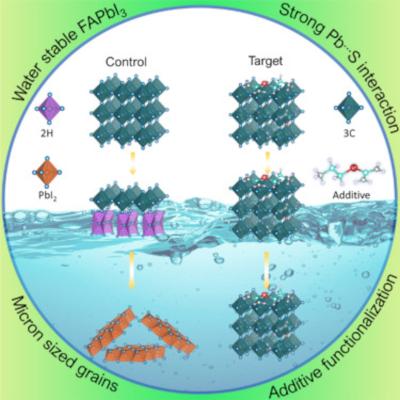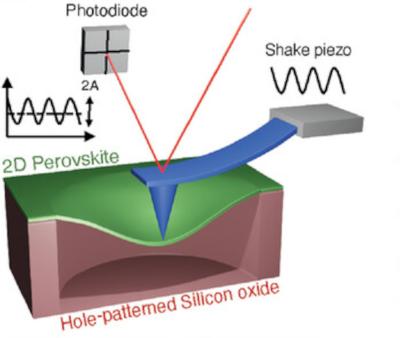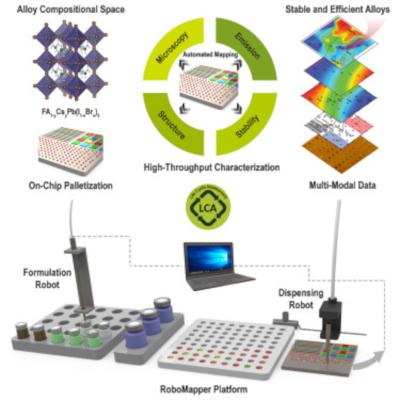Sekisui Chemical to mass-produce bendable perovskite solar cells
It was reported that Sekisui Chemical, a Japanese plastics maker, will begin mass production of perovskite solar cells (PSCs) in an effort to catch up with Chinese competitors.
The company will invest more than 10 billion yen (over USD $68 million) to build a new manufacturing facility with an annual production volume of several hundred thousand square meters by 2030.




